Mars Science Laboratory Blog
Subscribe
Posted by jbridges in Mars Science Laboratory Blog on January 15, 2013
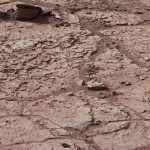
We are finding more veins and white nodules across the drill target area (called John Klein) and in our surrounding area. Chemcam shows that this is a calcium sulphate – perhaps gypsum or anhydrite. This is further evidence for water at the landing site, though not in this case from flowing water at the surface like […]
Posted in Uncategorized
Posted by jbridges in Mars Science Laboratory Blog on January 15, 2013
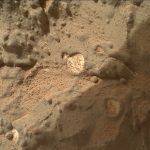
AS we are thinking about a drill target, the rock around us has a clastic texture, that is it is made of rounded grains that have been transported by water or wind. This outcrop also has white patches of a so far unknown mineral.
Posted in Uncategorized
Posted by jbridges in Mars Science Laboratory Blog on January 14, 2013
Another first for Curiosity’s instruments. We have deployed the brush (which is a rotating implement on the robotic arm) for the first time. This is important because Mars is a dusty planet and the dust can sometimes get in the way of spectral observations by MastCam and compositional analyses by the X-ray spectrometer APXS and […]
Posted in Uncategorized
Posted by jbridges in Mars Science Laboratory Blog on January 7, 2013
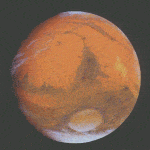
The recent images of sedimentary rocks at Yellowknife are creating a lot of interest within and beyond the MSL science team. Tomorrow the BBC Stargazing Live event is hosting some of its regional events at the University of Leicester. I will be giving one of the talks (about MSL). Here is the link: http://www2.le.ac.uk/institution/stargazing-live As […]
Posted in Uncategorized
Posted by jbridges in Mars Science Laboratory Blog on January 4, 2013
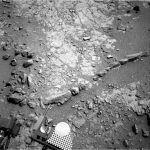
Curiosity and the science and engineering teams are getting back up to full activity after the Christmas and New Year break. Preparing for drilling and choosing a suitable drill site will be the next major activity over the following few months and will involve the co-ordinated use of a lot of Curiosity’s instruments on the robotic […]
Posted in Uncategorized
Posted by jbridges in Mars Science Laboratory Blog on December 30, 2012
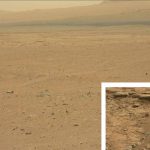
Gale Crater is named after Walter Frederick Gale, an Australian astronomer in the early 20th century (1865-1945). He would have approved of the search for habitable environments in Gale because he, like the more famous Percival Lowell, believed he saw canals on Mars through his telescope. The search for habitable environments or life has switched […]
Posted in Uncategorized
Posted by jbridges in Mars Science Laboratory Blog on December 20, 2012
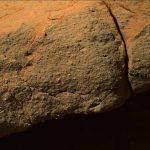
Curiosity and its team will soon take a break over the Christmas holidays . However in the meantime we are using the opportunity to examine different parts of Yellowknife and its rocks. The image shows the granular texture of one of the rock layers, taken by our ‘hand lens’ imager MAHLI. Everyone on the team […]
Posted in Uncategorized
Posted by jbridges in Mars Science Laboratory Blog on December 14, 2012
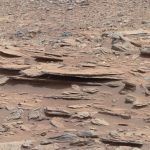
Some of the most extraordinary MastCam images so far. We are seeing finely layered, continuous beds, with some cross bedded layers. Although textures can be ambiguous, these ones rule out an origin as lava flows. This could be one of our best localities for understanding sedimentary processes in Gale Crater before we get to Mt. Sharp itself.
Posted in Uncategorized
Posted by jbridges in Mars Science Laboratory Blog on December 10, 2012
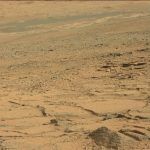
Here is a Mastcam image of the new terrain we are exploring. You can see layered deposits in the middle distance and a flat eroded surface in the near field. The diverse rock types show how complex the evolution of Gale Crater has been. We have to disentangle and understand the roles of water, wind […]
Posted in Uncategorized
Posted by jbridges in Mars Science Laboratory Blog on December 6, 2012
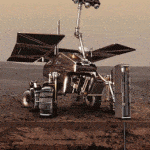
NASA HQ have announced that the mission lifetime of MSL has been extended indefinitely, beyond the current one martian year (2 terrestrial years). That’s good news for the sceince team, though not unexpected bearing in mind how well Curiosity is operating. As the plutonium power source has a half life of tens of years, hopefully […]
Posted in Uncategorized











Recent Comments